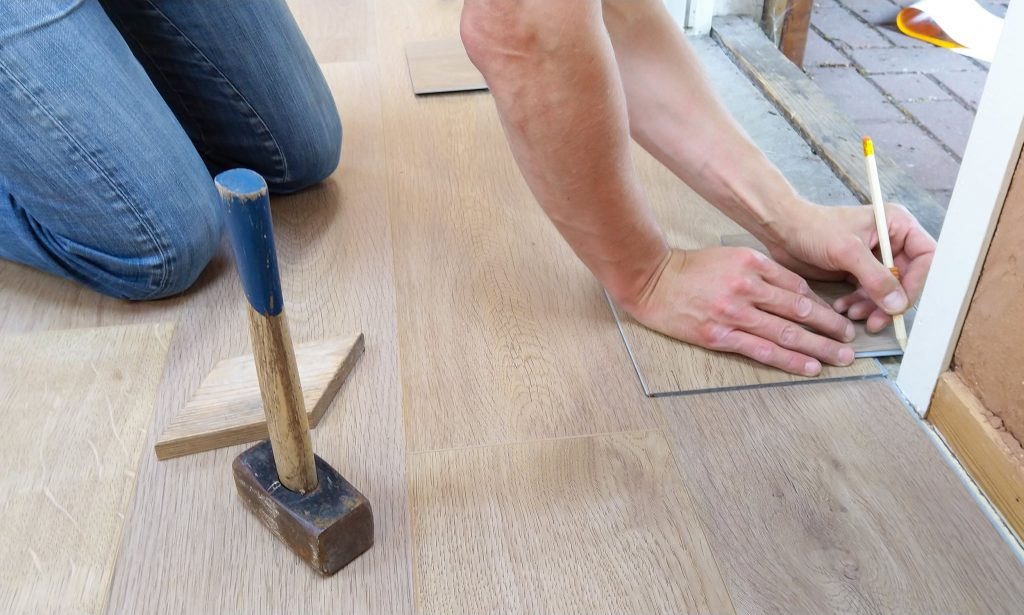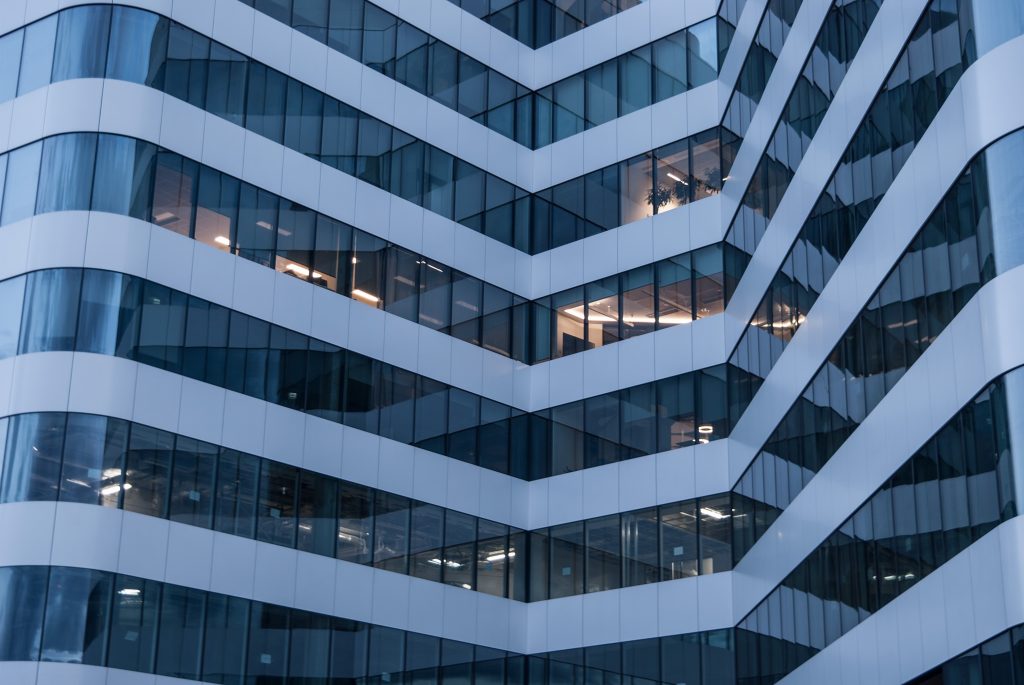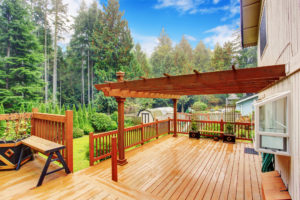
Do you know that it’s justifiable to increase tenancy rent when you have commercial buildings? Commercial property maintenance and management is a tedious professional task, but it’s easy when you plan and have a checklist. It’s the right planning in commercial property management that ensures high standards. Also, when you manage building maintenance very well, potential clients are likely to pay more for your services. Let’s share some indicators that must appear on commercial property management checklists.
Go Digital with Property Management Checklists
Give your business property management service a professional look by using software instead of paper document checklist. Apart from professionalism, property management software are applications that save time and resources. This management sector of real estate requires cloud computing services to back up the manager’s records. Unlike office files that consume space, the cloud database is accessible for any location and you’ll have more skills to grow your commercial property business.
Communication is Important
Managers with exceptional property management skills understand the importance of communication with maintenance staff. Before setting out to use the checklist, the commercial property should have a cleaning team of janitors in charge of its spaces and facilities. Liaising with this hardworking team can help every employee understand the importance of appropriate maintenance. Don’t forget to liaise and establish relationships with other property industry professionals. They might lend their skills and manpower to assist your responsibility.
Know When to Upgrade the Property
Creating asset management plans can help you draw up cash flow projections beforehand, and keep up with commercial property management trends. Perfection in building management especially for bigger buildings such as the Melbourne city conference centre is unrealistic, but remodeling can help property managers come close to flawlessness. Usually, renovations of commercial buildings cost a huge sum of money. So, investors can adopt a 5-year regular upgrade plan to increase the value of their fixed assets. Especially when structures are built on elevated locations, building inspectors must conduct regular assessments. When there’s a defect, the contractor can undertake remedial action to forestall extra damages.
Roof Inspection
Your checklist for inspections should include roof assessment and remediation plans. With new technology for enhancing old roof structures, your commercial building can attract more clients to tenant’s businesses. Commercial structures with metallic claddings around the polystyrene parapet that’s under the roof might show signs of damages or rust. This external inspection should include checks for damaged flashing, broken (or missing) slates, and leaking roof lights. Regardless of the building’s roofing material, inspect the roof at least twice a year to observe the effects of weather on it.

Check the Services of Janitors Daily
One of the easiest ways of cleaning your business office space is to hire professional janitorial services that have reputations of handling commercial properties. In the property management industry, ensuring that tenants are happy because a neat environment can attract potential occupants that are willing to pay higher rates for rent. The property manager’s checklist should include vacuuming, sweeping and sterilization of floors. Also, pressure washing machines should be used on dirty spaces around parking lots. Don’t forget to check the cleanliness of shared spaces, washrooms, and elevators.
Check for Rainwater
Removal of rainwater from roof gutters drains, and downspouts can enhance the integrity of structures. Get competent building inspectors to conduct checks after a heavy downpour of rain. The extent of blockage might affect the building’s underground drainage system. Usually, water ingress is caused by silt and debris that impede the flow. Evaluation of gulley, as well as checking if the drains are in need of repair, should be included in the checklist.
Know When Tenants’ Leases Expires
The lease tenure of tenants in any commercial property can help managers schedule maintenance and remodeling plans. As a property manager for commercial buildings, knowing when the lease expires can also improve the relationship with your building’s occupants
Toilets in Commercial Properties
The provision of at least one toilet for your employees is a legal requirement for commercial properties in most developed countries. While most local council planning agencies recommend special toilets for handicappers, the Australian government’s average flush volume for toilets is 5.5 liters. Unlike the U.S government, that approves 3.8 liters of average flush volume for urinals, the average for water usage in Australia is 2.2 liters for urinals. These are factors that affect toilet Requirements within commercial settings.
How Many Toilets Should A Commercial Property Have?
It’s necessary for organizations within commercial buildings to have separate restrooms for female and male users. As a health and safety concern, managers of commercial facilities must understand the basic requirements of OSHA (Occupational Safety and Health Administration). Apart from complying with sanitation standards, toilets with locking door can improve workplace employees’ privacy. While two toilets for at least 35 employees is the minimum standard, 80 employees should have a minimum of four restrooms.
Additionally, transgender workers could have access to their restrooms instead of using gender-designated restrooms. However, some states in the U.S don’t permit commercial facilities to design special toilets for transgender workers. So, workplace employees are expected to use their gender identity in choosing restroom with locking doors.
How Can Commercial Property Managers Ensure Occupants’ Privacy?
Commercial facility managers of all kinds of establishments including the Docklands stadium in Melbourne, have a role in protecting the privacy of occupants that use public toilets. Locking doors that are controlled from inside these toilets allow the convenience of use and ensures privacy. Usually, restrooms with multiple toilets can have opaque partitions and separate wash hand basins. While the height of this commercial facility restroom should maintain a standard of at least 72 inches, its width can be 60 inches. Typically, department stores and supermarkets have a large influx of walk-in customers every day.
Changing Places Toilets (CPTs)
There CPT is ideal within commercial facilities like cafes, cinemas, leisure centres, shopping malls, and transportation terminals. Usually, the installation of this type of toilet requires special components like height-adjustable changing bench, special fittings, and wall brackets. Most building regulations agencies recommend the following factors in the design and construction of Changing Places Toilets (CPTs).
- Space of at least 12m² for caregivers to assist the toilet user
- The toilet’s ceiling height should be at least 2.4m
- A wall mount or ceiling-mounted hoist
- Height adjustable toilet sink or wash hand basin
- An anti-slip floor finish and bench
- A locking door’s width of at least 1 meter
- A shower (optional) for bathing after using the toilet
Maintaining Sanitation Standards
Accessible sanitary rooms and hand-washing stations in commercial facilities should have stand-by janitors. As visitors and customers use these toilets daily, property managers may be penalized for poor sanitary conditions when they violate health and safety standards. Toilets are one of the most common places to spread infections and germs.
You might find hand sanitizer, towels, and antiseptic soaps in public restrooms. Alternatively, property managers install wall-mounted soap dispensers to prevent the spread of bacteria. The advantage of soap dispensers is the refill feature. Multi-toilet restrooms within commercial properties should be ventilated properly to reduce the concentration of offensive odor.
Without proper cross-ventilation, damp might cause mold growth of wash hand basins and toilet floors. When there are long queues in toilet facilities, organizations should allow their employees to use restrooms outside their offices. Unlike toilets, urinals in restrooms are often used. So, commercial property managers should design checklists that monitor thorough cleaning by janitors every day. Janitors should also check for unflushable materials on the water surface to make sure that nothing is causing the toilet to be blocked.
Apart from mold growth, it’s embarrassing to see colors and solid remains of human waste in toilet bowls. With thorough cleaning, toilet tanks with hands-free flush technologies can clear these eyesores with high pressure from flush valves.






